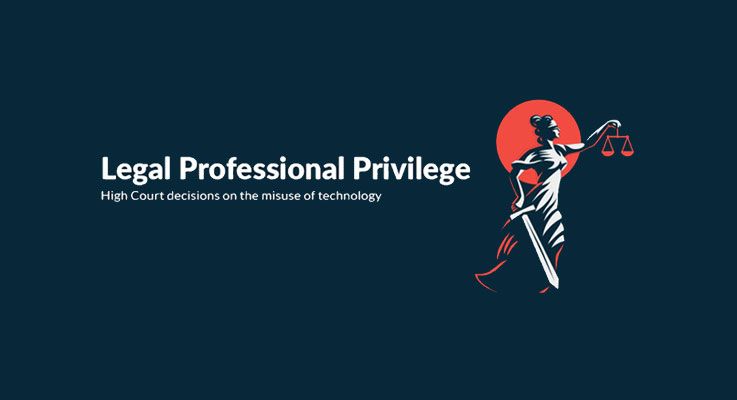Lexis+ AI ® transformed Whitehall & Associates, a growing law firm, into a dynamic force in institutional abuse and personal injury law. Partner Daniela Anicic explains how Lexis+ AI helped to facilitate...
Australia’s merger clearance process is undergoing significant reform, driven by longstanding concerns the current voluntary, informal regime does not sufficiently prevent anticompetitive mergers. After...
As AI is poised to transform workplaces, employee engagement is falling, resulting in a real economic cost. For corporate legal departments, AI adoption presents a significant opportunity to increase department...
Corporate legal departments are under increasing pressure to do more with less. A key area of opportunity lies in how organisations manage their outside counsel spend. With outside counsel hourly rates...
Authored by Shaun Burmester, Legal Writer, Property, Practical Guidance One of the most significant overhauls in Queensland property law in over 50 years is set to take effect on 1 August 2025. The...

Can common law legal professional privilege truly be claimed over electronic communications?
Did the High Court in its Expense Reduction and Glencore decisions give tangible guidance as to how the doctrine of legal professional privilege can provide answers to the problems created by misuse of technology?
Expert author and barrister RJ Desiatnik analyses these two recent unanimous High Court judgments concerning the misuse of computer technology. While both cases involve similar facts, the judgments have come to different conclusions, even when the outcomes involve the seemingly straightforward application of the doctrine of legal professional privilege.
Read the full article: Legal professional privilege: A tale of two judgments [Free Download]
In the first instance, electronic communication and the use of the internet impacted the process of discovery, a process which is intrinsic to litigation, particularly complex commercial cases.
In the second instance, the practice of hacking presented a stark challenge to the doctrine of legal professional privilege when documents were inadvertently revealed.
Desiatnik writes that when determining the circumstances in which privilege, in such situations, should either be lost or kept, the law is merely facing a new form of a centuries-old dilemma brought about by the very doctrine of privilege itself, namely that it encompasses ‘two opposing imperatives, making the maximum relevant material available to the court of trial and avoiding unfairness to individuals by revealing confidential communications between their lawyers and themselves’.
Deciding if such a protective veil preventing their disclosure should be removed has always involved the law having to resolve the conflict between whether primacy should be given to ‘the public interest in a party being able to obtain informed legal advice in confidence’ or ‘the courts’ need for evidence’.
Computerisation is simply another context in which this conflict arises, a modern scenario where solutions have to be offered by the law to try to settle this longstanding, indeed inexorable, struggle between two competing interests.
The full article takes a close look at both High Court decisions and, in the author’s respectful view, discusses the failings of both.
LexisNexis subscribers can view the full article inside the Australian Bar Review here: Legal professional privilege: A tale of two judgments — (2021) 50 Aust Bar Rev 279





